Hey all! Real Farmer Jeff here.
Fabric grow bags are one of my favorite garden containers that I would highly recommend to anyone!
Apart from being incredibly versatile, grow backs perhaps give the most cost effective harvest of any garden containers.
In this post I will further break down the benefits of fabric grow bags, some potential drawbacks, and how to get the most out of them with the right soil and sizing.
Let’s get started! First, check out the link below for my recommended fabric grow bag:
6 Main Benefits of Fabric Grow Bags
1. Cost-Effective:
Fabric grow bags are significantly more affordable than ceramic or plastic pots, especially if you need many of them. They’re a great option if you’re expanding your garden or starting a container garden from scratch. Many quality bags cost just a few dollars each.
2. Easy to Move Around:
Unlike bulky pots, grow bags are lightweight and often come with handles, making them super easy to move. This is especially useful if you like to rotate plants to follow the sun, bring them inside during storms, or reorganize your garden setup seasonally.
3. Healthier Roots (Compared to Other Containers):
One of the standout benefits of fabric grow bags is how they promote better root development—especially when compared to plastic pots or other traditional containers. Here’s why:
- Air Pruning Prevents Root Circling: When roots reach the breathable fabric sides, they’re naturally pruned by exposure to air, preventing circling and promoting a denser, healthier root system.
- Improved Nutrient and Water Uptake: Fibrous roots have more surface area, making it easier for plants to absorb nutrients and moisture.
- Better Oxygen Flow: The breathable fabric allows more oxygen to reach the root zone, improving respiration and root health.
- Contrast with Plastic Pots: In traditional pots, roots tend to hit the edge and circle, eventually becoming root-bound and limiting its growth.
While grow bags offer big advantages over small to medium containers, deep raised beds still provide the best root environment overall due to their:
- Unlimited depth and lateral space
- Stable soil moisture
- Richer soil life and microbial activity
Still, when compared to other small containers, fabric grow bags are almost always the superior choice for healthy, productive roots and easy mobility.
4. Excellent Drainage:
Overwatering is one of the most common gardening mistakes. Fabric grow bags allow excess water to drain freely, which helps prevent root rot and other water-related issues.
5. Breathability:
The fabric material allows for airflow to the root zone, keeping soil temperatures cooler in hot weather and providing oxygen to roots for better growth.
6. Ideal for Small or Changing Spaces:
Grow bags shine in tight or temporary spaces. Whether you’re gardening on a small balcony, experimenting with a portable setup, or adjusting your layout every year, grow bags offer unmatched flexibility without the commitment of permanent containers or beds.
3 Drawbacks (and How to Manage Them)
1. More Frequent Watering Required:
Because fabric grow bags breathe and drain so well, they can dry out faster than traditional pots. Regular watering is essential. Adding mulch on top or using a drip system can help conserve moisture.
2. Durability:
Fabric grow bags don’t last forever. Depending on the brand and climate conditions, they may last 2-5 seasons. Look for UV-resistant, heavy-duty options if you want them to last longer. Storing them dry and indoors during the off-season also helps extend their life.
3. Can Be Messy:
If placed directly on patios or decks, grow bags can sometimes stain surfaces with water runoff or soil. A plant tray or saucer underneath can help prevent this.
Soil Tips for Fabric Grow Bags
To get the best results from your grow bags, use soil that suits their unique growing conditions. Avoid using straight garden soil, as it’s often too heavy and prone to compaction, which can restrict roots. Since grow bags drain and breathe very well, look for soil with these qualities:
- Good Water Retention: Grow bags dry out faster, so soil should hold moisture without becoming soggy.
- Lightweight Texture: Avoid dense or compacted soil; choose loose, fluffy mixes that allow roots to spread easily.
- Balanced Drainage: Soil should drain excess water well but retain enough moisture between waterings.
- Nutrient-Rich Composition: Because grow bags lack the natural soil ecosystem, use mixes enriched with organic matter or fertilizers to support healthy growth.
What Size Grow Bag Do You Need?
Here’s a quick guide to choosing the right grow bag size by plant type:
- 1–3 Gallons
- Herbs like basil, parsley, cilantro
- Small greens such as baby spinach
- Lettuce varieties
- Leafy greens like Swiss chard
- 3–5 Gallons
- Peppers
- Small bush beans
- Radishes and carrots (shallow-rooted veggies)

- 6–7 Gallons
- Dwarf tomato plants
- Eggplants
- Larger herbs such as rosemary or sage
- 7–10 Gallons
- Zucchini
- Cucumbers
- Larger bush tomatoes
- 10–15 Gallons
- Full-size tomato plants
- Potatoes
- Small fruit bushes
- 15–25 Gallons
- Larger shrubs or compact perennials
- Small fruit trees or dwarf citrus
Fabric grow bags are a fantastic option for all gardeners because of their low cost and versatility. They can also produce very respectable harvests. If you’re just getting started with gardening, looking to expand without breaking the bank, or want something versatile give fabric grow bags a try!
Thanks for reading along, guys! If you enjoyed this blog post, check out my other gardening blog posts:
- How to Start a Garden on a Budget for Under $100
- Essential and Nice-to-Have Garden Products for Your Perfect Setup
- My Garden Setup: 3 Best Garden Containers for Every Gardener
- Understanding Garden Light and Shade: A Simple Guide
- How to Build a Homemade Trellis Using Cattle Panel
Follow me on social media for daily content and instructional videos about gardening!
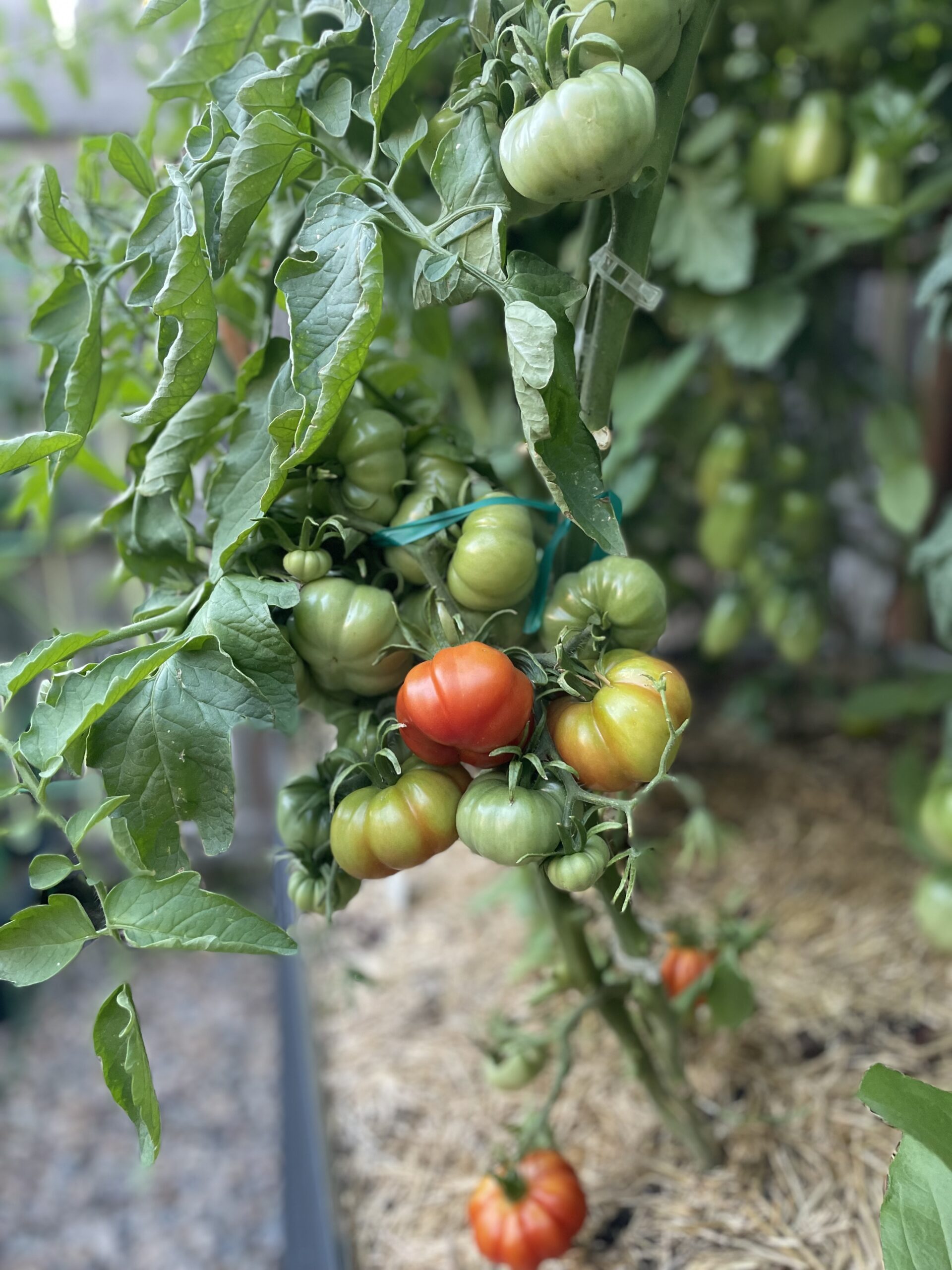

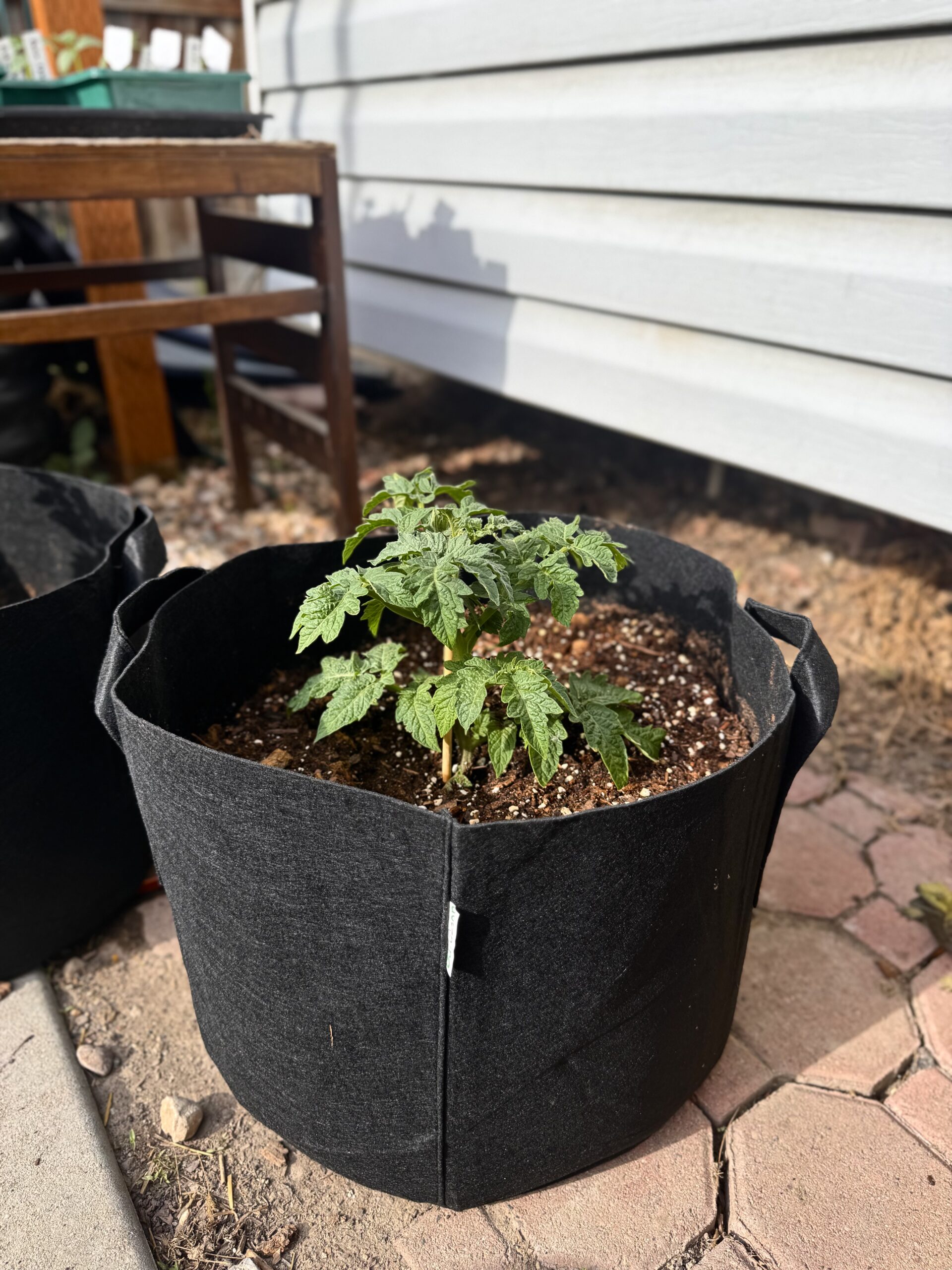
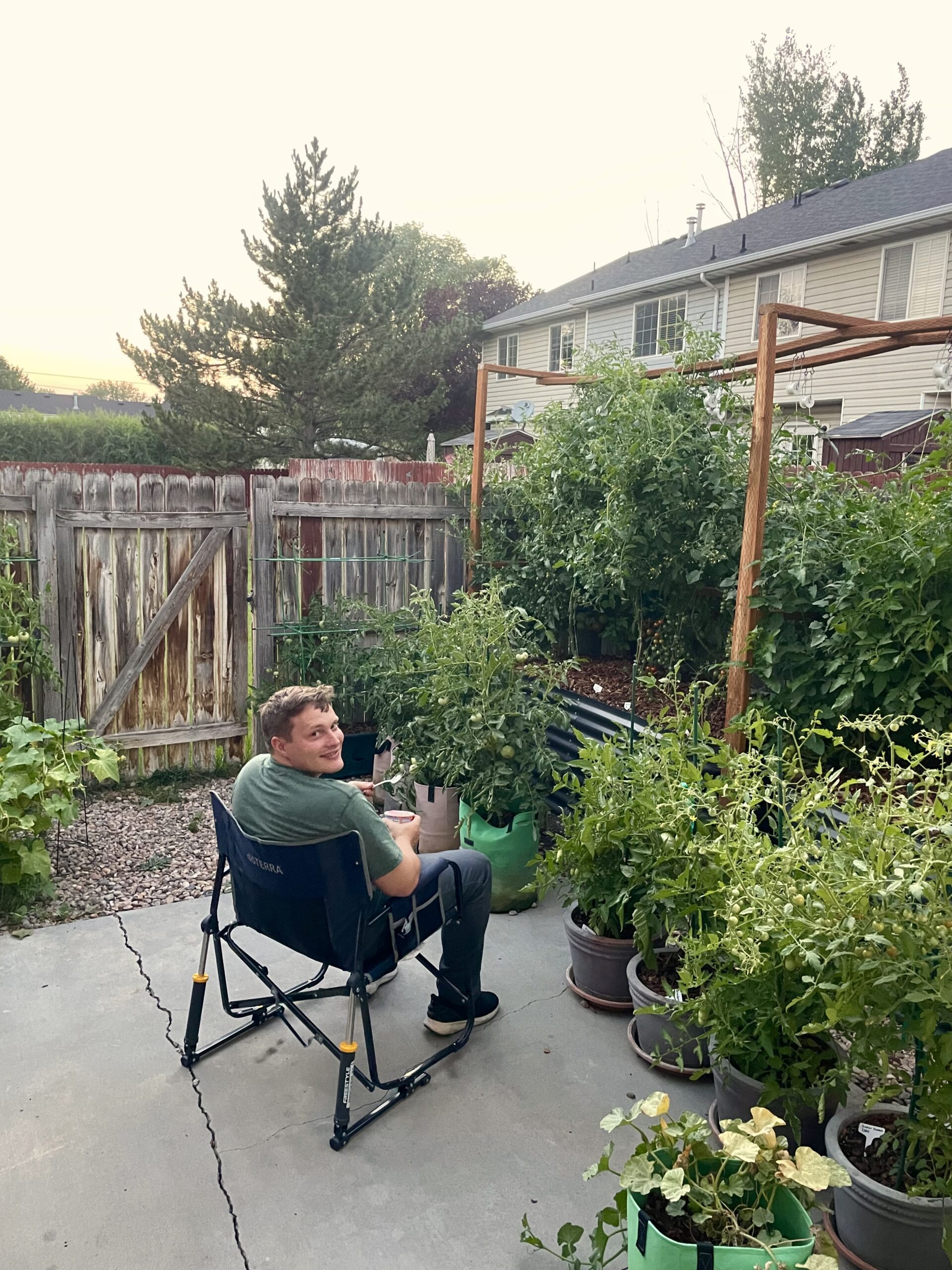

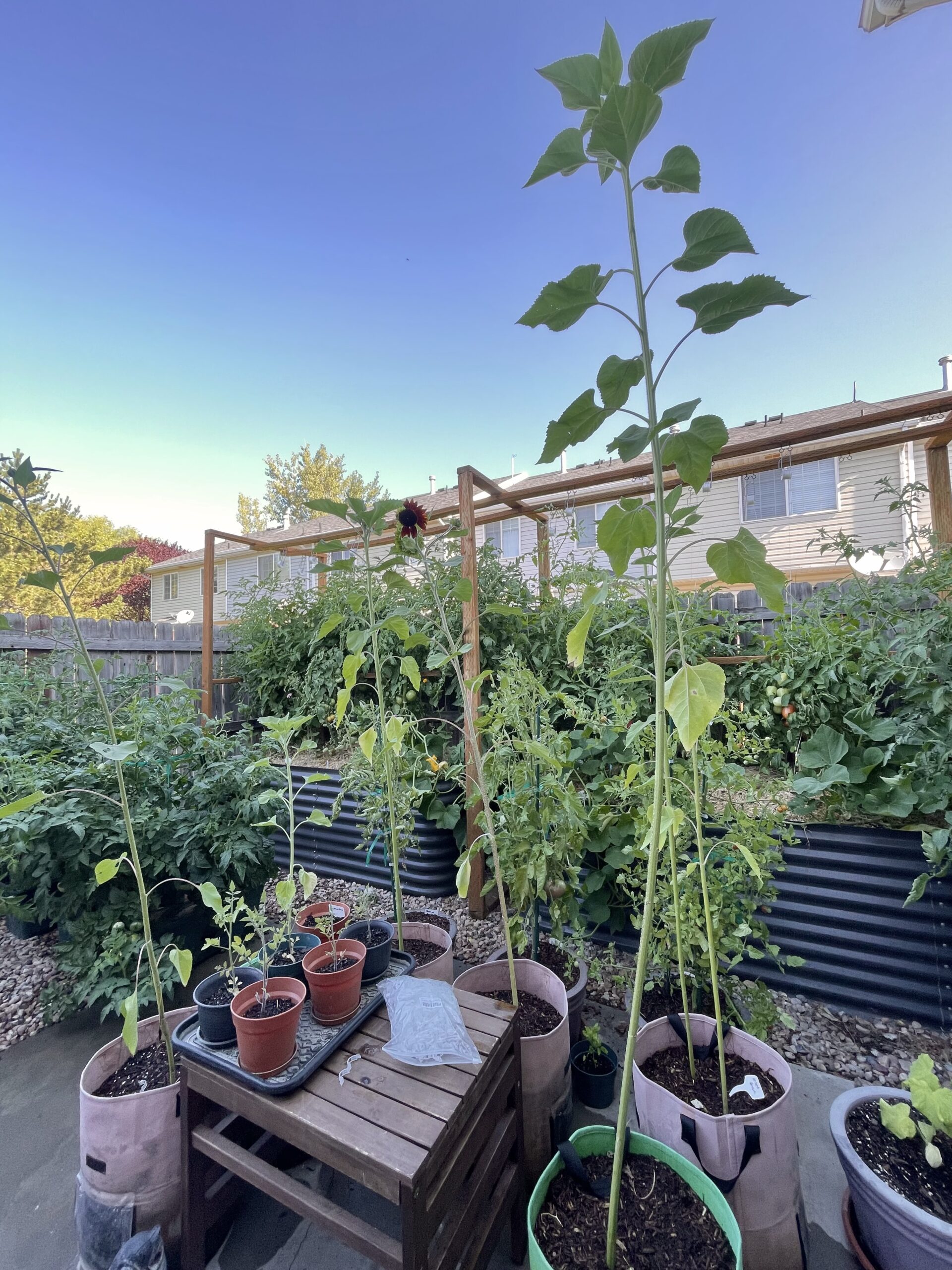
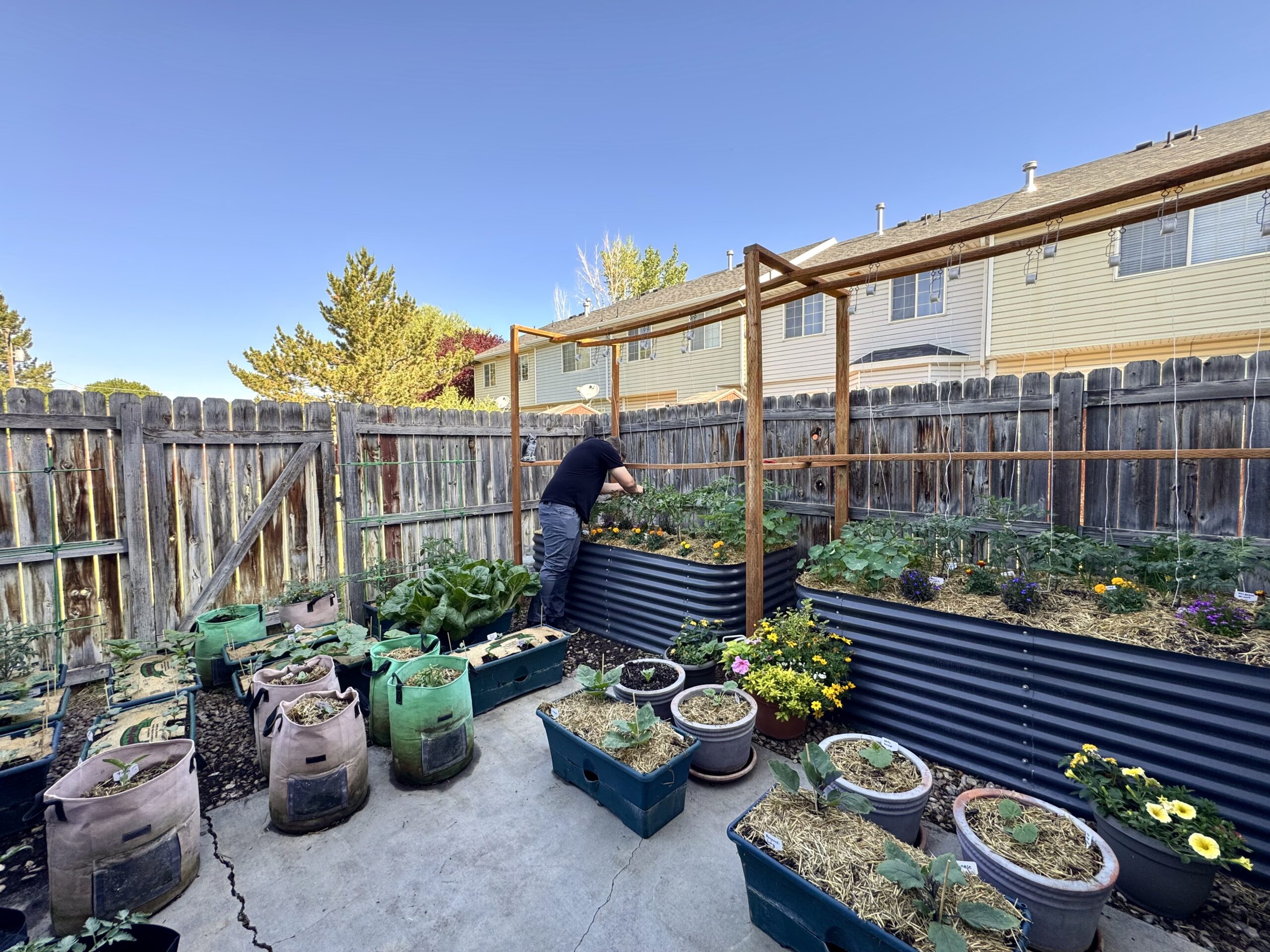


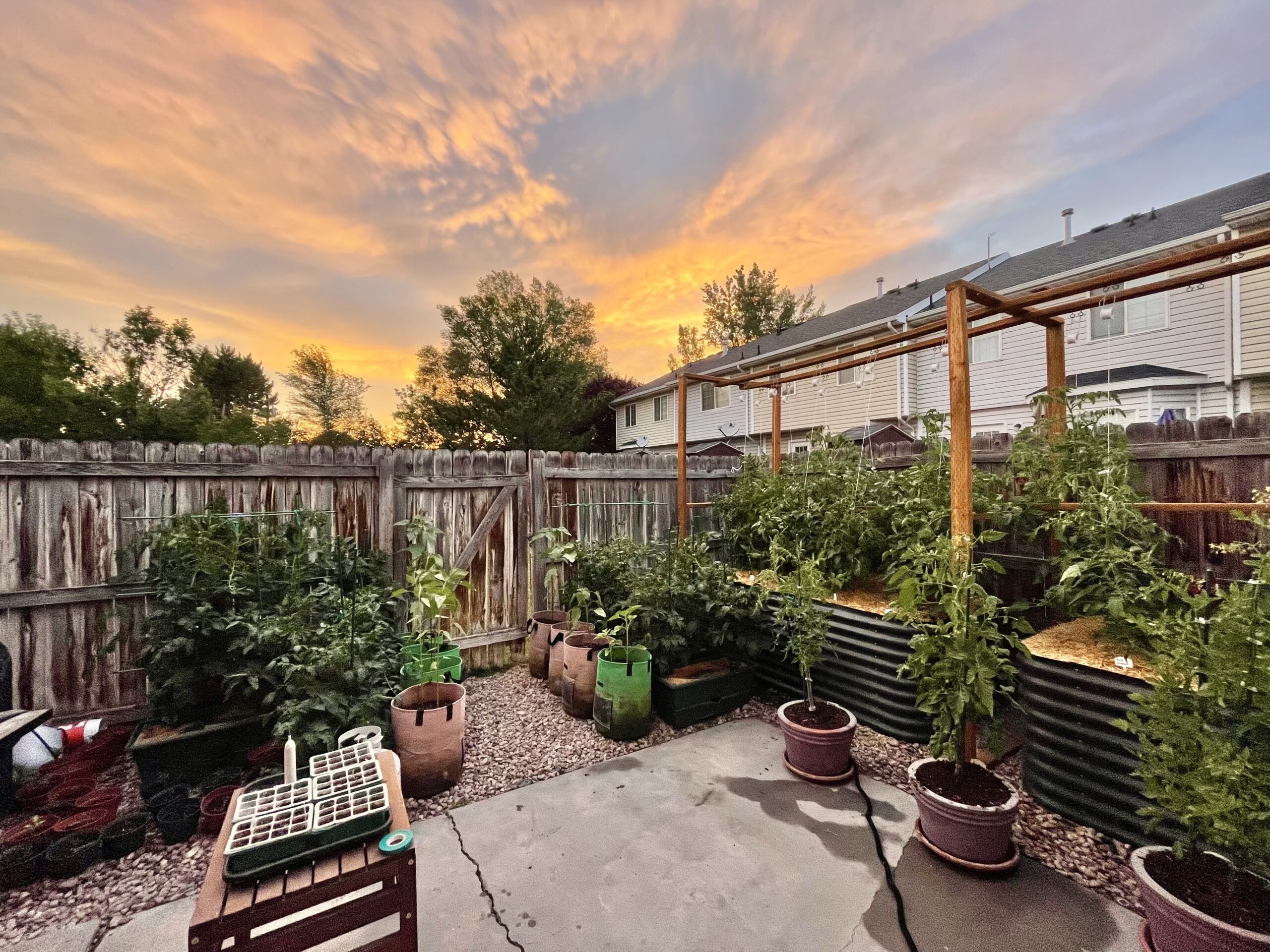



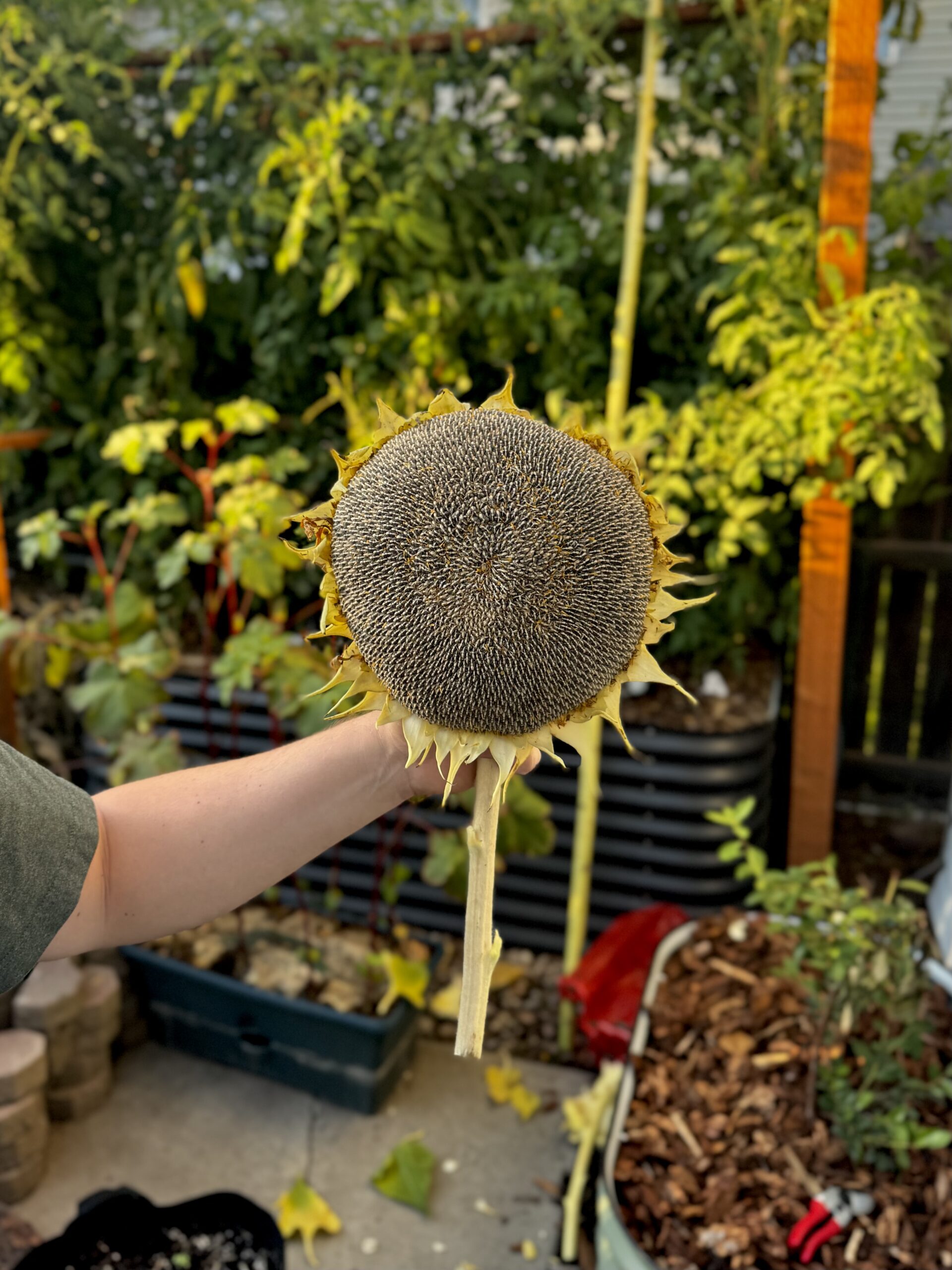
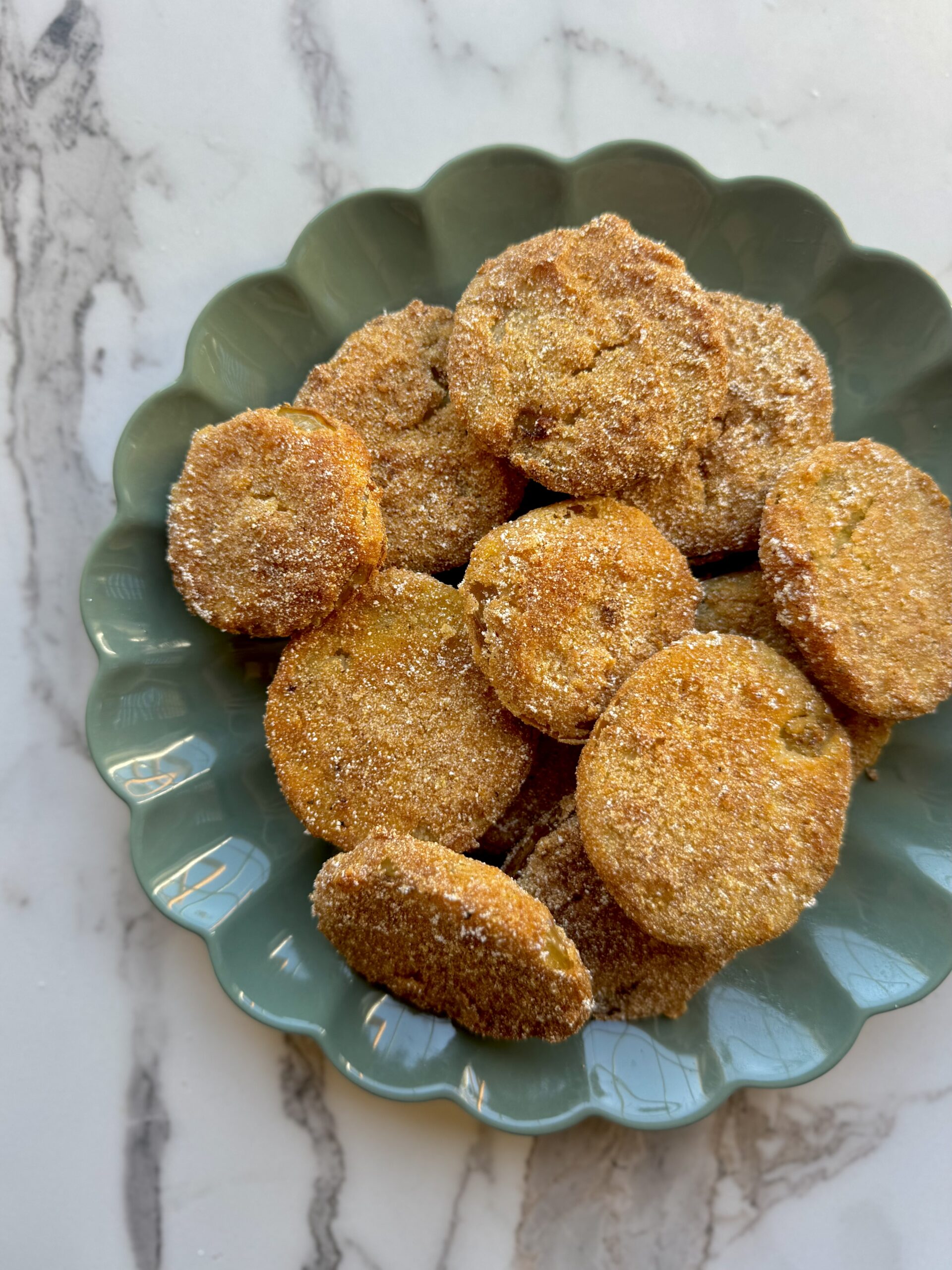
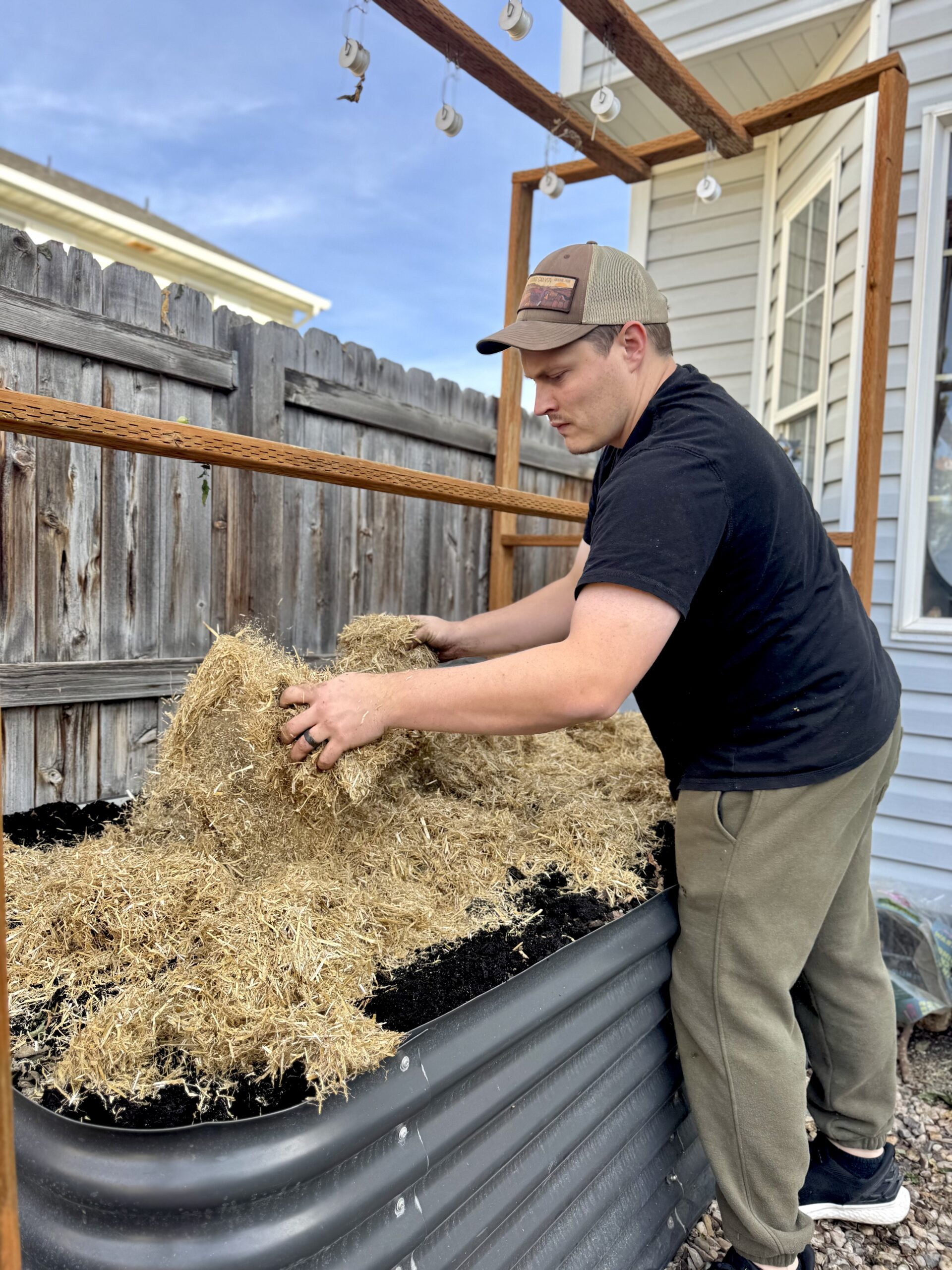
Grow bags are the best!
I love mine too and I live somewhere humid so water retention has never been an issue!